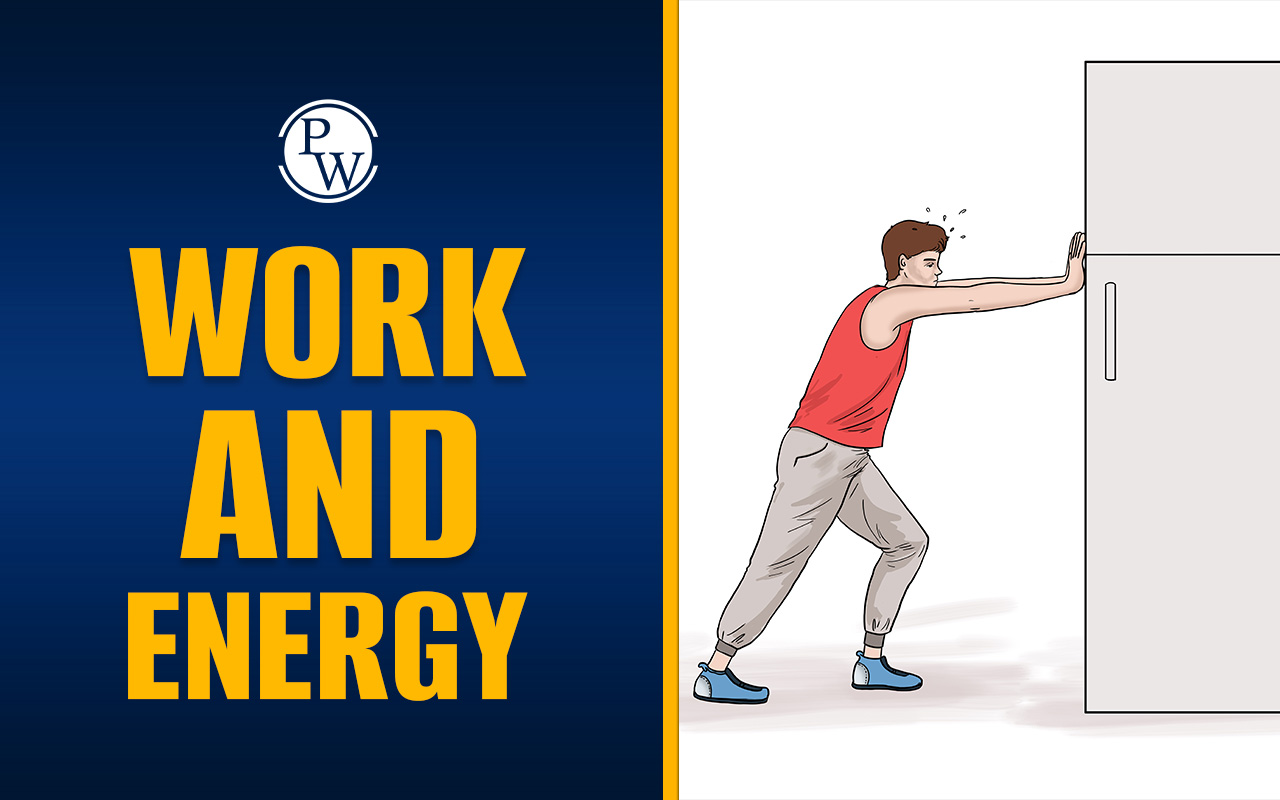
Around us, the world is filled with many things, from tall mountains and flowing rivers to animals, plants, and objects made by people, like cars and buildings. These can be divided into two main categories based on their qualities: living things and non-living things.
Living things have the ability to grow, breathe, eat, move, and respond to their environment. They show signs of life in many ways. Non-living things do not have these abilities. Even though some living things, like trees, do not move or make sounds, they still grow and adapt to their surroundings and are considered alive.
Understanding these differences helps us appreciate the natural world and the role everything plays in it.
What Are Living Things?
Living things are those entities that exhibit signs of life. These include organisms that are capable of performing vital life processes such as breathing, growing, reproducing, responding to stimuli, and undergoing metabolism. All living things are composed of one or more cells, which are the fundamental units of life.
Examples of living things include:
-
Humans
-
Animals such as birds, fish, and insects
-
Plants, including trees, grass, and flowers
-
Microorganisms like bacteria and fungi
These living organisms interact actively with their surroundings. For example, animals move to find food, plants grow toward sunlight, and bacteria reproduce rapidly under suitable conditions. This constant interaction with the environment defines what makes something truly alive.
Read: Three States of Matter- Solid, Liquid and Gas
Characteristics of Living Things
All living things share certain essential features that prove they are alive. These characteristics help distinguish them from non-living things and are found in all forms of life, from the tiniest bacteria to the largest animals. Here are the main characteristics of living things:
Cellular Structure
Every living thing is made up of cells, which are the basic building blocks of life. Some organisms are made of a single cell (unicellular), while others have many cells (multicellular) that perform different functions.
Growth
All living organisms grow. This growth may happen by increasing in size, number of cells, or complexity. For example, humans grow taller as they age, and plants grow new leaves and branches.
Reproduction
Living things can reproduce to create new individuals of their kind. This ensures the survival of the species. Reproduction can happen sexually (involving two parents) or asexually (from a single parent).
Metabolism
Living organisms carry out chemical processes in their bodies that help them generate energy and maintain life. These processes include digestion, respiration, and the building or breakdown of substances.
Response to Stimuli
All living things respond to changes in their environment. For instance, humans pull their hands away from something hot, and sunflowers turn toward the sunlight.
Adaptation and Evolution
Over time, living organisms develop features that help them survive better in their environment. These changes happen gradually and lead to the evolution of species.
Excretion
During metabolic activities, waste products are produced in the body. Living things have systems to remove these wastes, such as sweating, urination, or dropping leaves.
Life Span
Living things have a limited life cycle. They are born, go through stages of development, and eventually die. The length of this cycle varies across different organisms.
Read: List of 20 Omnivorous Animal Names
What Are Non-Living Things?
In contrast to living organisms, non-living things are items or materials that do not exhibit life processes. They do not grow, reproduce, breathe, move on their own, or respond to external stimuli. Non-living things do not have cellular structures, and they do not carry out any metabolic activities.
Examples of non-living things include:
-
Rock
-
Water
-
Air
-
Sand
-
Computers
-
Chairs
-
Mountains
-
Roads
These objects serve various purposes and often interact with living things in supportive ways. For example, air provides oxygen for breathing, and water is essential for the survival of living organisms, even though air and water themselves are non-living.
Classification of Non-Living Things
Non-living things can be classified into two types:
-
Natural Non-Living Things – These occur naturally in the environment. Examples are rivers, oceans, sunlight, and rocks.
-
Man-Made Non-Living Things – These are created by humans. Examples include buildings, vehicles, toys, and machines.
Read: What is temperature? Definition, Scales, Units, & Facts
Characteristics of Non-Living Things
Non-living things do not possess life and therefore do not carry out any of the biological functions seen in living organisms. They may serve useful roles in nature and human life, but they lack the traits that define living beings.
Here are the key characteristics of nonliving things:
-
Non-living things do not have a cellular structure. Unlike living organisms, they are composed of materials like metal, plastic, stone, or gases, but never living cells.
-
Non-living things cannot produce offspring or increase in size through internal processes. Any change in size or shape is due to external forces, such as construction or weathering.
-
Non-living things do not perform life-sustaining chemical reactions. They neither use energy nor generate it through biological processes like respiration or digestion.
-
Non-living objects do not react to changes in their environment. For instance, a chair will not move away from fire or seek shelter from rain.
-
Nonliving things remain the same unless changed by external factors. They do not evolve over generations or adapt to new surroundings for survival.
-
Non-living things do not go through birth, aging, or death. Instead, they may wear down, break, rust, or be destroyed over time due to physical or chemical changes.
Check: Reflection of Light | Law, Formula & Examples
Difference Between Living and Non-Living Things
Understanding the difference between living and non-living things is important not only for scientific knowledge but also for understanding ecosystems, biology, and even everyday life. Here is a detailed comparison of living and non-living things:
Difference Between Living and Non-Living Things |
||
|
Features |
Living Things |
Non-Living Things |
|
Cellular Structure |
Made of cells |
Not made of cells |
|
Growth |
Show growth and development |
Do not grow |
|
Reproduction |
Can reproduce offspring |
Cannot reproduce |
|
Metabolism |
Perform metabolic activities |
No metabolism |
|
Response to Stimuli |
Respond to environmental changes |
Do not respond to stimuli |
|
Movement |
Move on their own (e.g., animals) or grow (e.g,. plants) |
Require an external force to move |
|
Life Cycle |
Born, grow, age, and die |
Do not have a life cycle |
|
Adaptation |
Adapt to the environment for survival |
Do not adapt |
|
Need for Nutrition |
Require food or energy sources |
Do not require food or energy |
|
Excretion |
Remove waste from the body |
Do not produce waste |
This table helps visualize the difference between living and non-living things clearly. Whether it is a cat playing with a ball or a tree growing in your backyard, you can now identify what category each falls into and why.
Read: Leguminous Plants - Definition with Examples
The Interdependence of Living and Non-Living Things
Although living and non-living things are different in many ways, they are deeply connected and depend on each other for survival and balance in nature. This relationship is known as interdependence, and it can be observed in every natural environment around us.
Living things rely on non-living things for essential needs. For example:
-
Plants, which are living, need sunlight, air, water, and soil to grow. Sunlight provides energy for photosynthesis, air supplies carbon dioxide, water helps in nutrient transport, and soil gives minerals and support.
-
Animals, including humans, need oxygen from the air, water to drink, and shelter, which is often made from non-living materials like wood, rocks, or metal.
-
Even microorganisms that live in water or soil depend on the non-living environment to survive and reproduce.
In return, living things also affect non-living things. For example:
-
Trees and plants release oxygen into the air and influence the water cycle by absorbing water and releasing moisture through transpiration.
-
Animals and insects may break down rocks and soil, slowly changing the landscape over time.
-
Fallen leaves, dead plants, and decomposing animals enrich the soil, turning non-living earth into fertile ground that can support more life.
A good example of how living and non-living things depend on each other can be seen in a forest. In the forest, sunlight, which is a non-living thing, helps trees, which are living things, grow big and strong.
Now, think one of those trees falls down. Even though the tree is no longer alive, it still plays an important role. The fallen tree is called a nurse log. It becomes a soft, damp place where mushrooms, insects, and small plants can live and grow.
So even after the tree dies, it keeps helping other living things. This shows how living things and non-living things work together in nature to keep life going.
Read: Solar System - Facts, Formation & Composition
Make Studies Fun for Your Child with CuriousJr
Is your child finding it hard to stay focused or enjoy school subjects? Many students struggle when lessons feel boring or confusing. The CuriousJr English Online Course helps children in Grades 3 to 9 learn through live classes in English, Maths, Science, and Social Studies.
Living Things & Non-Living Things FAQs
Why are plants considered living things?
Can non-living things become living?
Do all living things move?
Do non-living things ever die?









